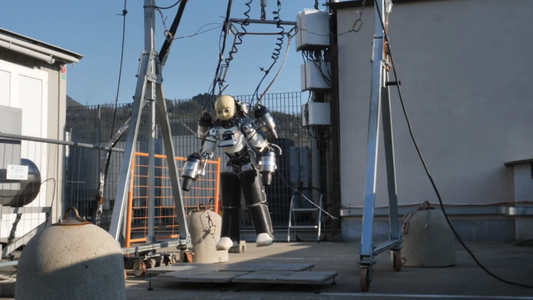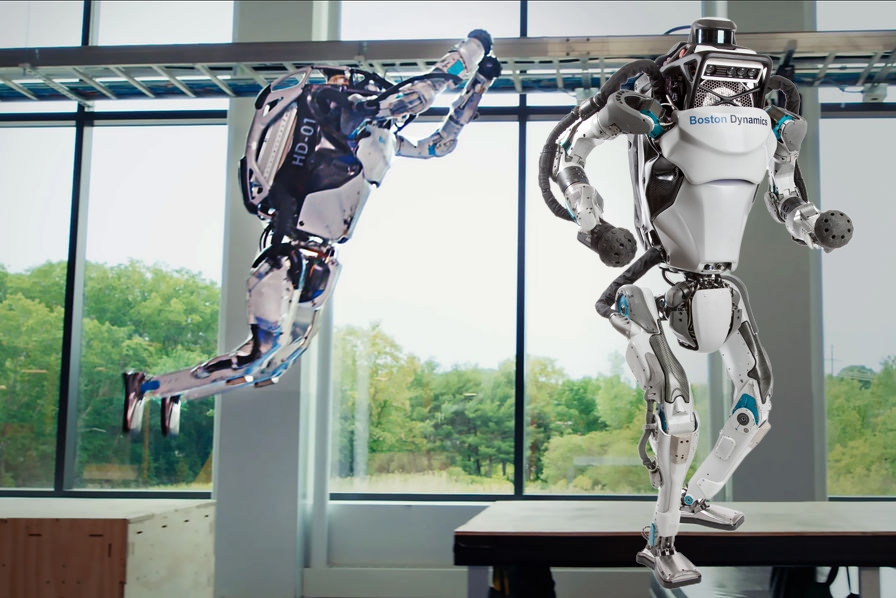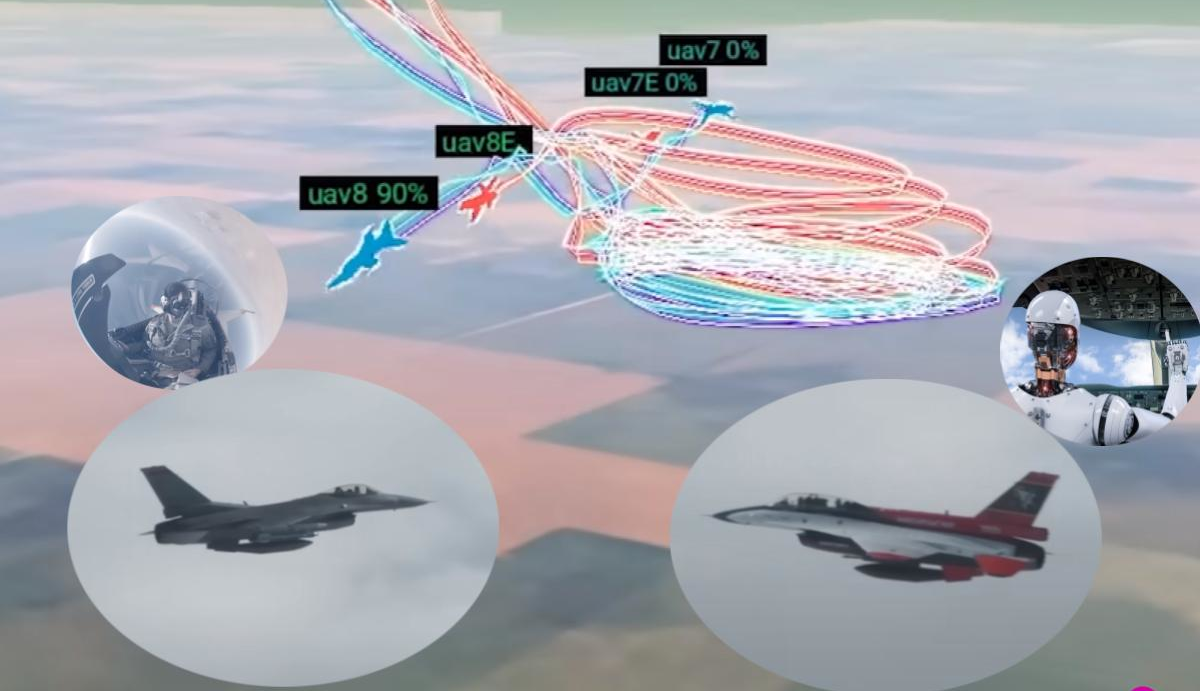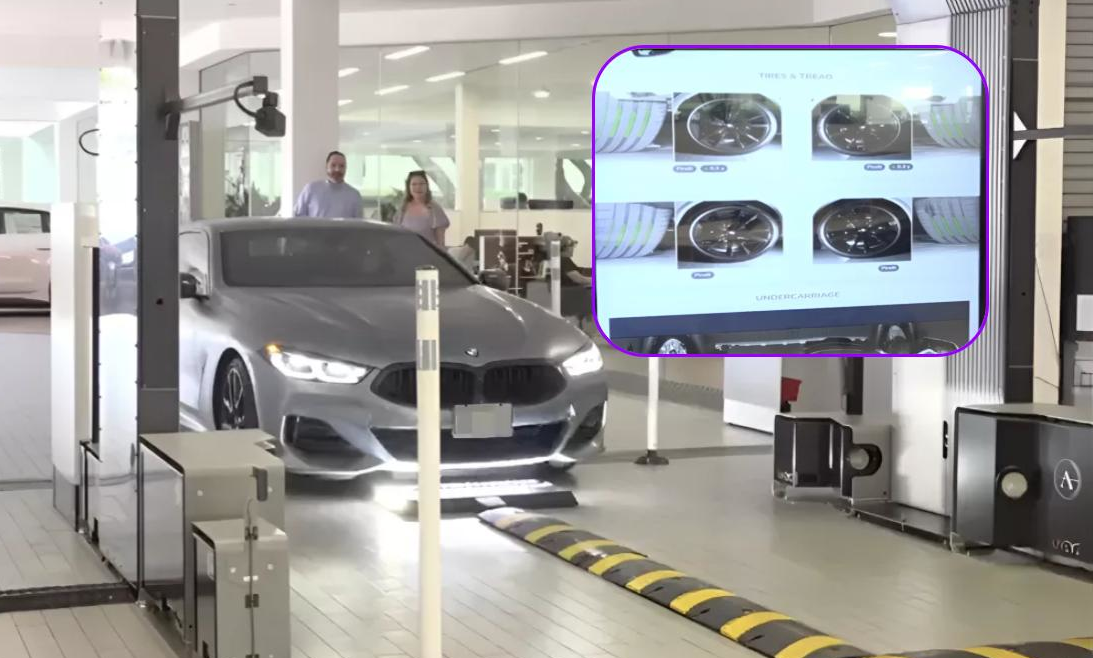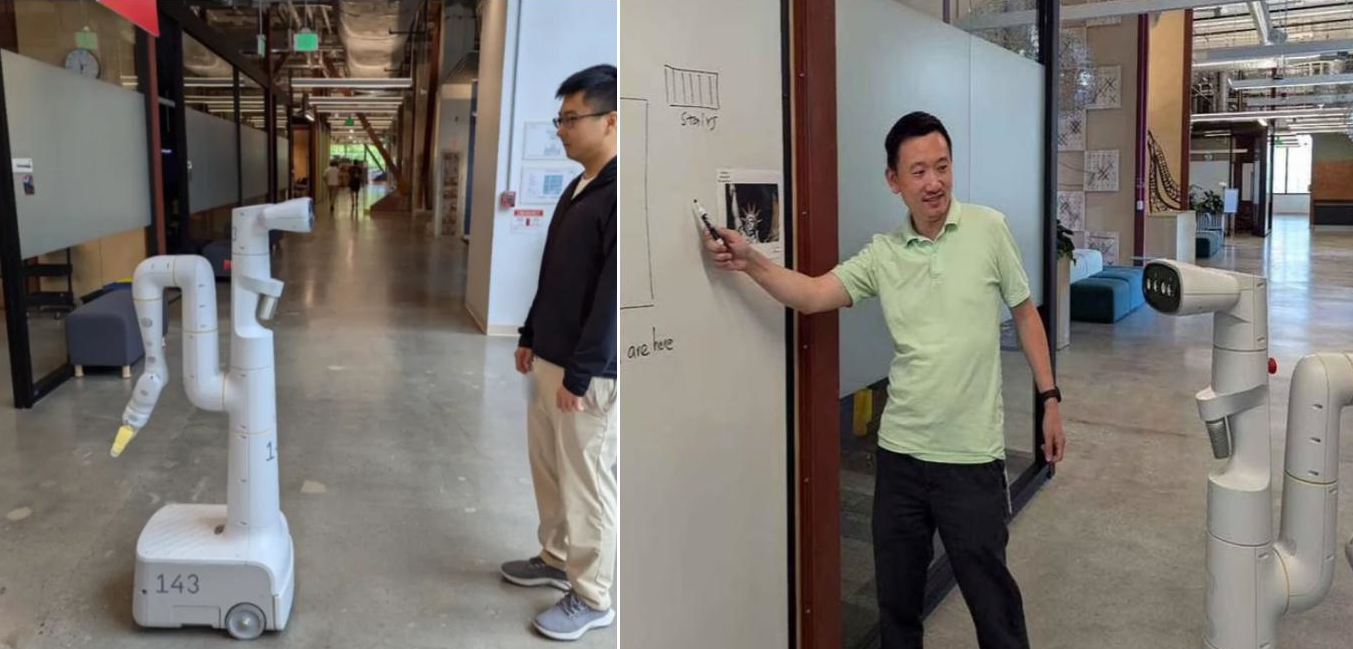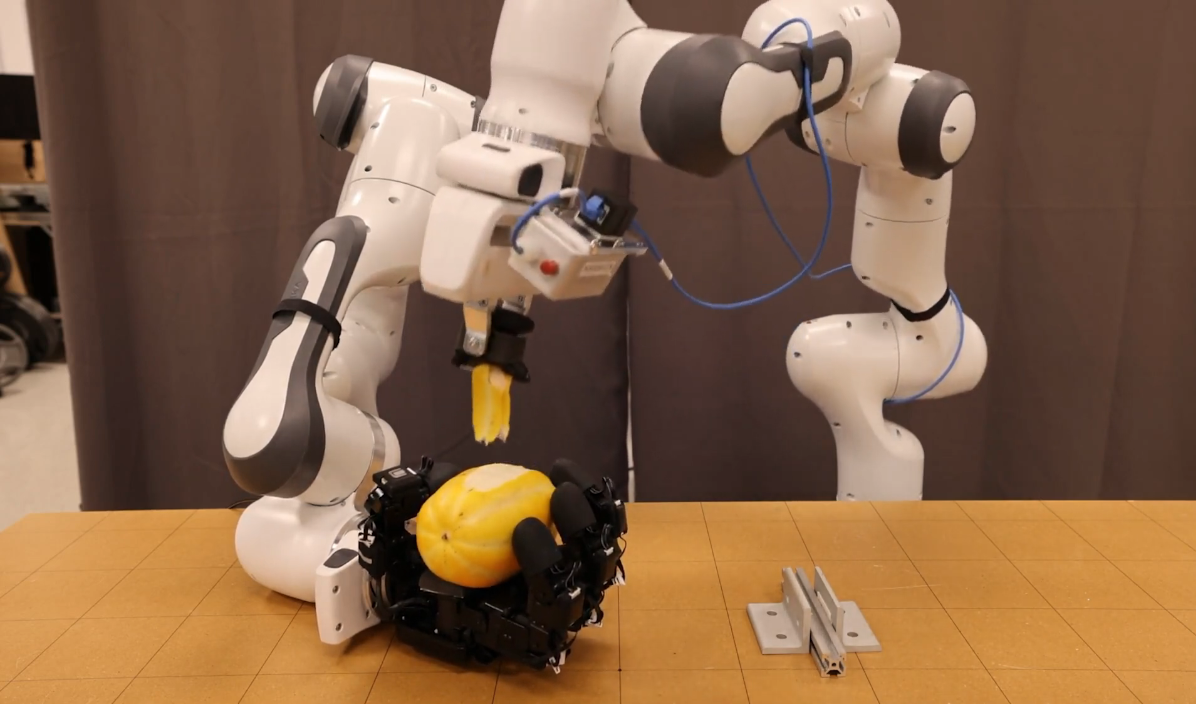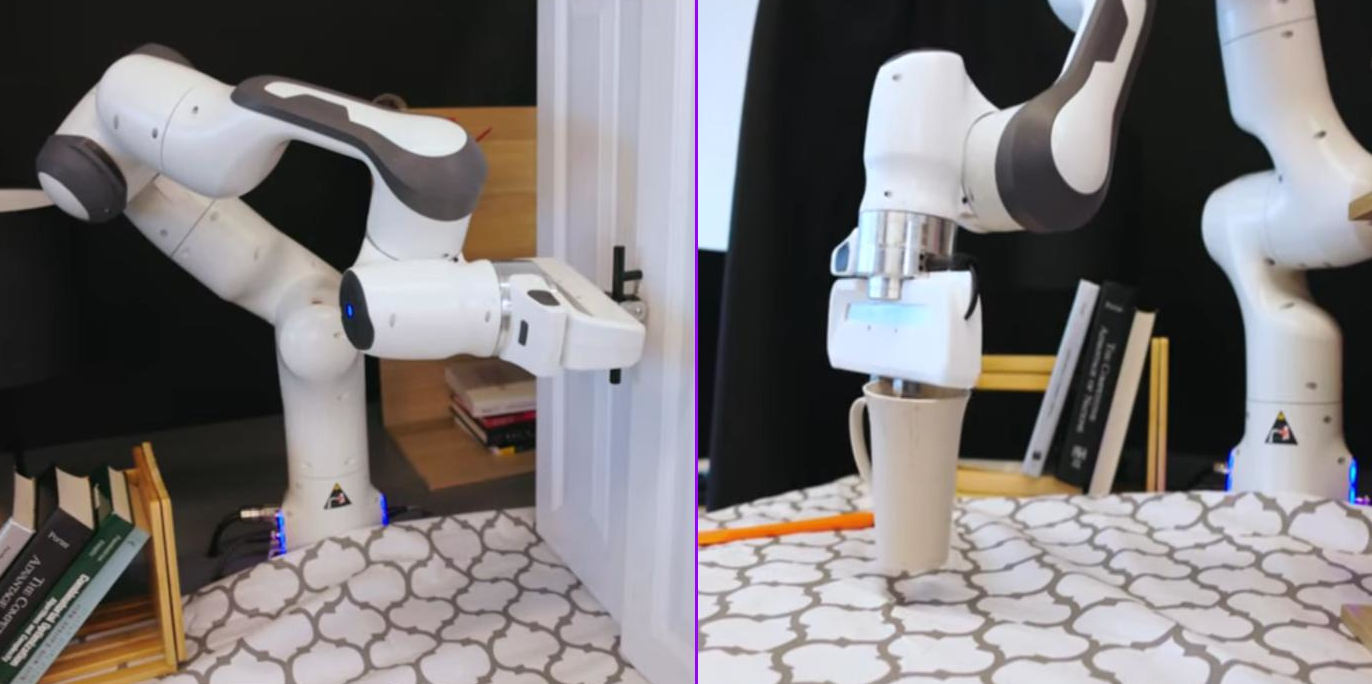The Italian Institute of Technology (IIT) has unveiled iRonCub3, the first flying humanoid robot equipped with jet engines. It’s specifically designed to operate in real-world, hard-to-reach environments. This type of robot holds significant promise for supporting rescue missions during natural disasters or entering hazardous areas like radioactive sites or war-damaged zones.
iRonCub3 is fitted with four jet engines — two on its arms and two on its back — enabling it to hover 50 cm above the ground while maintaining stability. This achievement represents a significant leap towards developing robots that can both walk and fly, navigating places inaccessible to humans or ground-based robots.
To ensure stable flight, researchers subjected the robot to precise tests inside a wind tunnel to determine the impact of wind and airflow on its body and limbs. Through these experiments, high-precision data was collected and subsequently used to train a neural network (an artificial intelligence model). This model allows the robot to respond instantly to changes in air currents and reorient its limbs to maintain balance during flight.
The heat generated by the jet engines also presented a considerable challenge. Exhaust gases from the engines can reach temperatures of up to 700 degrees Celsius and flow at near-supersonic speeds. To counter this, the engineering team developed insulating materials and integrated cooling systems to protect the robot’s electronic and mechanical components from melting or thermal deformation, ensuring stable performance during flight.
Consequently, the flying humanoid robot is far more complex than a traditional humanoid robot. Despite their similar appearance, its design requires meticulous attention, coordination, and integration between its articulated joints and jet engines, in addition to managing heat effects and various flight postures.
This robot paves the way for a new generation of flying robots capable of transitioning between ground and air, performing tasks that are difficult for other robots to accomplish.
The research paper detailing this achievement was published in Nature Communications Engineering.
